The portrayal of Black individuals as hypersexual beings carries a devastating historical burden that continues to affect lives today. These stereotypes aren’t merely offensive mischaracterizations—they represent calculated narratives created to justify exploitation, oppression, and violence. This comprehensive analysis explores the origins, perpetuation, and profound consequences of hypersexuality stereotypes on Black men and women, while offering pathways toward understanding, healing, and social change.
The Hypersexualization of Black Women: From Slavery to Modern Media
Historical Roots in Slavery and Colonization
During American slavery, white society systematically constructed the “Jezebel” stereotype—depicting Black women as sexually insatiable, promiscuous, and morally corrupt. This fabricated characterization served multiple sinister purposes: justifying the widespread sexual exploitation of enslaved women, distracting from the systematic rape perpetrated by slaveowners, and providing a pretext for controlling both Black women’s bodies and Black men’s behavior.
The Jezebel stereotype created a cruel double bind. As historian Deborah Gray White explains, “The image of the Jezebel excused miscegenation, the sexual exploitation of Black women, and mulatto population increases before and after slavery.” By labeling Black women as inherently hypersexual, white society absolved itself of responsibility for sexual violence while simultaneously punishing Black women for the very characteristics projected onto them.
The Protective Silence and Its Consequences
In response to these dehumanizing stereotypes, many Black women historically adopted what scholar Evelyn Brooks Higginbotham termed the “politics of respectability”—deliberately projecting images of exceptional virtue, modesty, and sexual restraint. This strategic self-silencing represented a protective mechanism against further degradation and exploitation.
However, this silence came with significant costs. Many Black women felt unable to speak openly about sexual abuse, pleasure, or autonomy. The pressure to counteract stereotypes through performance of chastity created new forms of psychological burden and limited authentic self-expression. As researcher Melissa Harris-Perry notes, “The myth of hypersexuality made it nearly impossible for Black women to establish sexual agency without reinforcing damaging stereotypes.”
Contemporary Manifestations in Media and Culture
Despite societal progress, the hypersexualization of Black women persists in modern contexts. Contemporary media frequently portrays Black women through a hypersexualized lens—emphasizing physical attributes, perpetuating fetishization, and reinforcing harmful stereotypes. Music videos, films, television, and advertising continue to present Black women as exotic sexual objects rather than complete human beings.
Modern terminology like “Jezebel,” “Thot,” and other derogatory labels demonstrate how these stereotypes have evolved while maintaining their fundamental character. Social media platforms and dating apps often become spaces where these stereotypes are reinforced through comments, messaging, and expectations. Research by psychologist Carolyn West shows these representations profoundly impact how Black women are perceived and treated in everyday interactions.
The Burden of Hypersexuality Stereotypes on Black Men
The Mandingo Fantasy: Historical Construction of Black Male Sexuality
Similar to the Jezebel stereotype, the “Mandingo” myth emerged during slavery—portraying Black men as hypersexual, animalistic, and dangerously virile. This fabricated characterization served to dehumanize Black men, justify violence against them, and maintain white supremacist power structures. The stereotype gained particular prominence during Reconstruction as a means of stoking fears about Black male sexuality and providing false justification for lynchings.
Historian Ibram X. Kendi writes, “The portrayal of Black men as sexual predators with uncontrollable desires for white women became a powerful tool for maintaining racial hierarchies.” This dangerous myth laid the groundwork for centuries of violence while distorting perceptions of Black masculinity.
Media Distortion and Modern Stereotyping
Contemporary media continues to perpetuate these harmful characterizations. Film, television, pornography, and advertising frequently present Black men through a hypersexualized lens—emphasizing physical attributes while minimizing intellectual, emotional, and relational qualities. These portrayals create a profoundly limiting vision of Black masculinity.
The media often reduces Black men to “free-spirited” individuals primarily concerned with sexual conquest rather than complex human beings capable of committed relationships, emotional depth, and multidimensional desires. When entertainment consistently portrays Black men as hypersexual beings lacking self-control, these images become internalized by both Black men themselves and society at large.
Relationship Consequences and Identity Struggles
These pervasive stereotypes significantly impact Black men’s experiences in relationships and dating. Research by sociologist Rashawn Ray demonstrates that many Black men report being objectified and fetishized by potential partners who approach them with preconceived notions about their sexual attributes or behaviors.
Some studies suggest that economic marginalization may lead some Black men to embrace hypersexual personas as a means of accessing forms of masculine power denied to them in other domains. However, this narrative oversimplifies complex socioeconomic factors and ignores the diverse relationship values and experiences within Black communities. Many Black men actively reject these stereotypes and seek meaningful, monogamous relationships despite societal expectations to the contrary.
The Impact on Sexual Health and Decision-Making
Race-Based Sexual Stereotypes and Health Outcomes
Race-Based Sexual Stereotypes (RBSS) function as powerful sociocognitive structures that shape sexual scripts, behaviors, and health outcomes. Research consistently shows that these stereotypes contribute to disproportionately high rates of adverse sexual and reproductive health outcomes in Black communities, including higher HIV prevalence and unwanted pregnancies.
For Black women, stigmatizing labels like “Jezebel,” “hoochie,” or “fast” create environments where sexual agency becomes complicated by stereotype threat—the fear of conforming to negative stereotypes. This psychological burden impacts everything from condom negotiation to healthcare-seeking behaviors. As public health researcher Lisa Bowleg notes, “Sexual stereotypes don’t just affect perceptions—they translate into measurable health disparities.”
Sexual Violence and Disbelief
When Black men experience sexual assault, they face unique barriers to reporting and receiving support. The pervasive stereotype of Black men as hypersexual aggressors makes it difficult for many to be viewed as potential victims. Law enforcement, healthcare providers, and even friends and family may express disbelief or dismissal when Black men report sexual victimization.
Similarly, Black women who experience sexual violence often face skepticism rooted in Jezebel stereotypes. The historical portrayal of Black women as “unrapeable” due to supposed sexual availability continues to influence how their trauma is perceived and addressed in legal, medical, and social contexts.
Intersectionality: Understanding Compounding Factors
The Interconnection of Race, Gender, Class, and Sexuality
Hypersexuality stereotypes don’t operate in isolation. They interact with other aspects of identity, including gender, socioeconomic status, education, sexual orientation, and disability. This intersectional perspective helps explain why these stereotypes manifest differently across diverse Black experiences.
For example, Black LGBTQ+ individuals face unique challenges when navigating hypersexuality stereotypes. Black gay men often contend with both racial fetishization and homophobia, while Black lesbian and bisexual women face stereotypes about sexual availability that compound existing sexism and racism.
Global Perspectives on Black Sexuality
While this analysis focuses primarily on American contexts, it’s crucial to recognize that hypersexuality stereotypes affect Black populations globally. Colonial legacies have spread similar stereotypes worldwide, though they manifest in culturally specific ways. Understanding these global dimensions highlights the pervasive nature of these harmful narratives while revealing the importance of culturally-specific approaches to dismantling them.
Resistance and Reclamation: Challenging the Narrative
Community Education and Awareness
Dismantling hypersexuality stereotypes begins with education. Communities, schools, and media must address the historical context and contemporary manifestations of these stereotypes. By understanding their origins and functions, both Black individuals and wider society can recognize and reject these harmful narratives.
Comprehensive sex education programs that address racial stereotypes and their impacts prove particularly effective. These programs help young people develop critical media literacy skills while fostering healthy attitudes toward sexuality and relationships across racial lines.
Embracing Sexual Agency and Autonomy
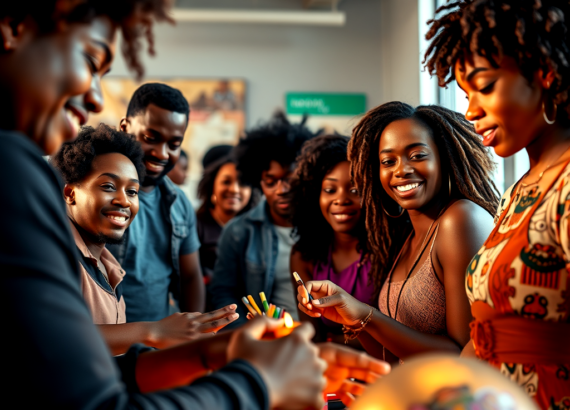
Many Black individuals and communities actively resist stereotypes by reclaiming control over their sexual narratives. This resistance takes many forms—from creating authentic media representations to engaging in open conversations about healthy sexuality to developing community resources that support sexual well-being.
Black feminists and sexuality educators like Audre Lorde, Joan Morgan, and Ericka Hart have led powerful movements to reclaim Black female sexuality outside stereotypical constraints. Similarly, Black male writers and thinkers like Mark Anthony Neal and Darnell Moore explore alternative visions of Black masculinity that reject hypersexual stereotyping.
Media Representation and Cultural Change
Increased diversity in media creation, production, and leadership positions helps challenge stereotypical portrayals. When Black creatives control their own narratives, they can present the full spectrum of Black sexuality—showing complexity, tenderness, autonomy, and humanity rather than caricatures.
Recent films, television series, and literature created by Black artists demonstrate how authentic representation can dismantle stereotypes. Projects that show Black characters with agency, emotional depth, and complex relationships help counter generations of harmful imagery.
Toward Liberation and Wholeness
The hypersexualization of Black men and women represents one of America’s most persistent and damaging racial mythologies. By understanding its historical roots, recognizing its contemporary manifestations, and actively working to dismantle these stereotypes, we create space for authenticity, health, and meaningful connection.
True progress requires commitment across multiple domains—from personal relationships to healthcare systems to media representation. As we challenge these harmful narratives, we affirm the fundamental humanity, complexity, and dignity of Black individuals and communities.
The journey beyond stereotypes isn’t simply about removing negative images—it’s about creating space for the full spectrum of human expression and experience. By rejecting simplistic characterizations and embracing complexity, we move toward a society where all individuals can define their own sexual identities, make informed choices about their bodies, and experience intimacy with dignity and respect.

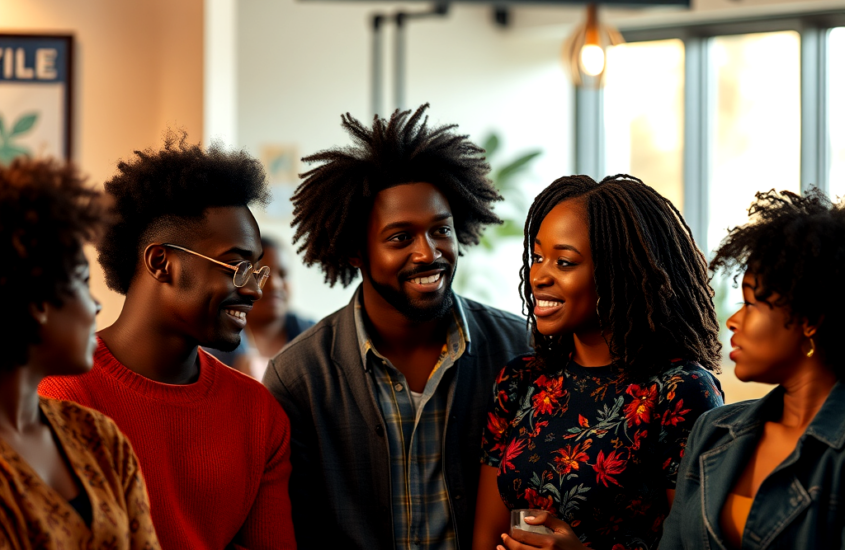
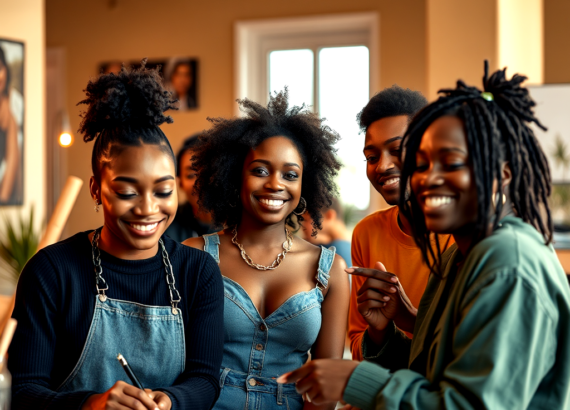

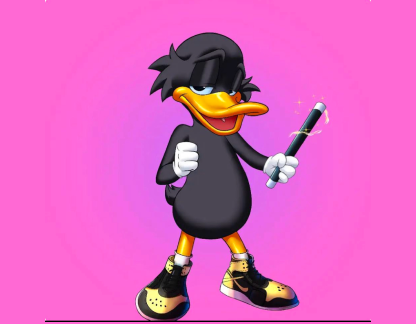
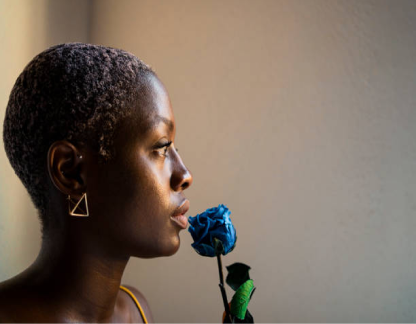



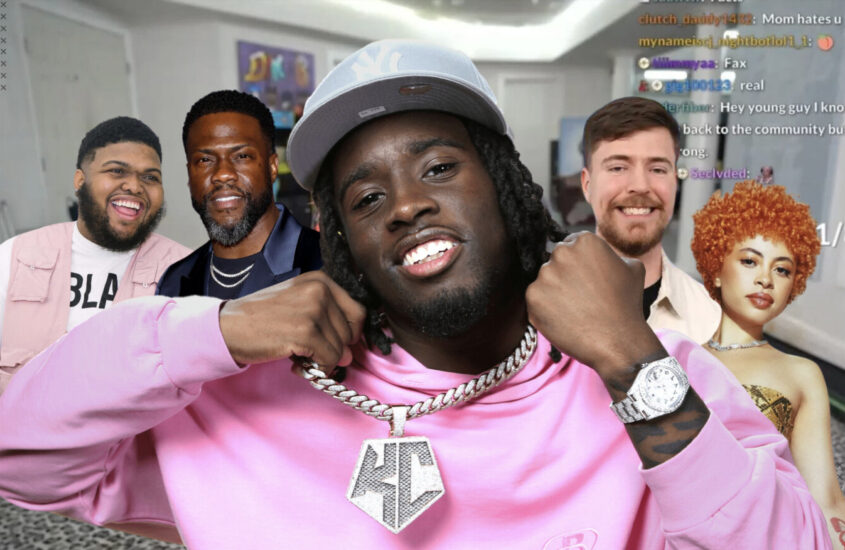
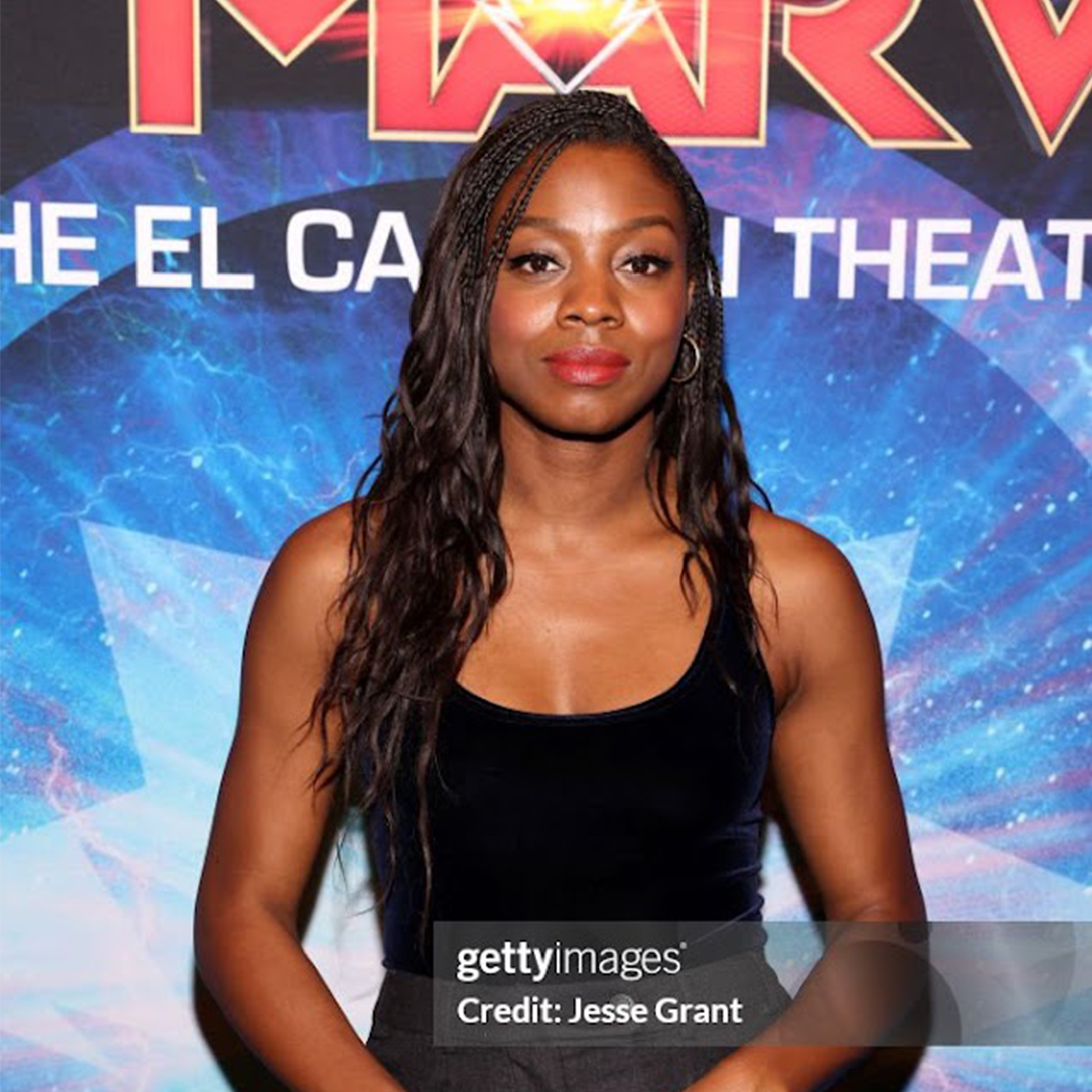
0 Responses
This one is a must read